#Longbow
Explore tagged Tumblr posts
Text

Longbow fox
1K notes
·
View notes
Text

'we ssee warm bodiess moving in the treess ahead, we could be walking into an ambussh' by Johnny B Good
#Johnny B Good#the party#army#snake people#bronze#longbow#bow#archer#shield#gambeson#spear#polearm#plume#naga#snake#beastman
660 notes
·
View notes
Text



Longbow Speedster & Roadster, 2026. A new British electric sports car manufacturer have revealed their first products that will go on sale in 2026 with prices starting from ₤64,995. The company claims that these are the world’s first Featherweight Electric Vehicle (FEV), with both versions weighing less than 1000kg. There's no information on the drivetrain but the car's use a bespoke aluminium platform and performance claims for the speedster include 0-62mph in 3.5 seconds and a range of 275 miles.
Reservations are open now at longbowmotors.com
#Longbow#Longbow Speedster#Longbow Roadster#electric sports car#new cars#start-up#FEV#Featherweight Electric Vehicle#lightweight#EV#2026#open roof
154 notes
·
View notes
Text

Bit of my kit in the cabin
120 notes
·
View notes
Text
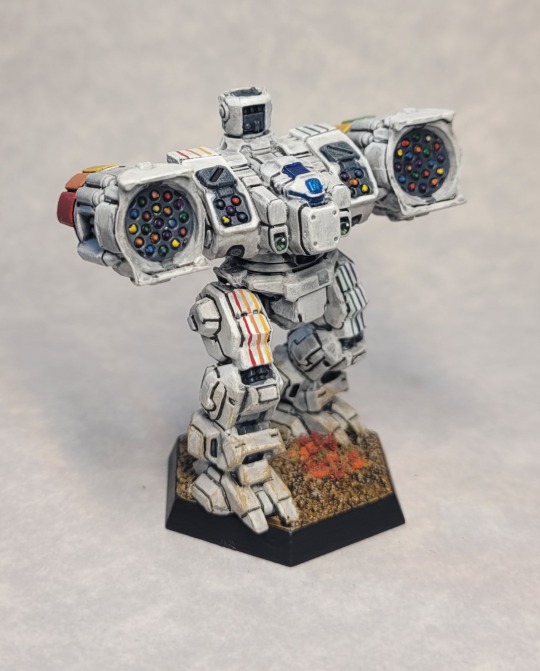
LGBTQ LGB-7Q 'Gay Agenda'.
Pryde Month is back, folks.
#battletech#hobby#miniatures#mini painting#battlemech#mecha#mechwarrior#mech#assault mech#longbow#pryde month#lgbtq#the white and the panel lining was hell and a half and im not doing it again
258 notes
·
View notes
Text


What if Iron Valiant's Blade turns into a Bow instead?
---
Just another Flash Art (I call so as the idea was brought up, sketched and finished in a short time at the same day) of mine mellowing down my fixation on a new Iron Valiant Art (as if I didn't have any backlogs... totally).
The double-blade is cool but, I can't help but think of this. So three-ish hours of work (which should have gone on a MtLu page btw, worth it tho) done.
The alternate version was inspired by CherryWingNLR's roleplay verse called Olydri, where there exist Angel and Demon Pokemon. And it so happened that we had a small talk about this IV concept.
---
If you're interested, you can commission me. [Do check here] for details. Or you can check my [Carrd art commissions.] Or you can DM me too.
You can support me via [Ko-fi] and/or [Patreon] too! Subbing to certain tiers will grant commission priorities and discounts!
Pokemon: (c) Gamefreak, Nintendo, Creatures
Art by me
#pokemon#pokemon fanart#digital painting#iron valiant#longbow#angel#paradox pokemon#future paradox pokemon#wait that's illegal
74 notes
·
View notes
Text

Now Then Fatso, Watch As I Put A Clothyard Shaft Through His Wishbone! “Robin Hood Daffy” (1958)
89 notes
·
View notes
Text





AH-64 Longbow
26 notes
·
View notes
Text



Fletcher’s Secret Stock
Psst… wanna see what the fletcher doesn't put on display? His secret stock is open, but only if you know the right knock. These aren't your average arrows—we're talking mind-bending magic, shattering projectiles, bolts made for scouting or spying, and climbing pitons that defy gravity. Intrigued? Swipe through to see the full collection and tell me your pick in the comments!
—————
Thank you very much for checking out this new creation! If you want to see more of my content, feel free to visit my Instagram, where I ask for advice, post teasers, and you can vote for my future posts.
#dnd#dungeons and dragons#dungeons & dragons#dnd 5e homebrew#dnd homebrew#dnd5e#ttrpg#5e homebrew#rpg#d&d#d&d 5e#dungeon master#d&d homebrew#d&d 5e homebrew#dnd item#dnd items#arrow#archery#longbow#crossbow
22 notes
·
View notes
Text

British Army AH-64D Longbow Apache - Duxford Autumn Airshow
#Boeing#AH-64#Apache#Longbow#Helicopter#Army Helicopter#attack aircraft#gunship#combat aircraft#Military aviation#Attack helicopter
39 notes
·
View notes
Text
Hermann shooting his bows
48 notes
·
View notes
Text

Four "class exemplars" from last year's Inktober drawings, canonized as a party of named characters by Tekka Croe
#Tekka Croe#the party#cleric#elf#fighter#mage#staff#mace#shield#longbow#breastplate#plate armor#tower shield#sword#cape#ranger
77 notes
·
View notes
Text







Longbow Speedster and Roadster
#art#design#luxury cars#luxury lifestyle#supercars#sport cars#luxurycars#luxurylifestyle#supercar#luxurycar#UK#longbow#speedster#roadster#sport car#e-cars#'-car
16 notes
·
View notes
Text

Robotech Spartan or Battletech Longbow ... Either way its a missile boat.
#macross#robotech#mech#mecha#spartan#destroid#longbow#battlemech#bit giant robot#anime#80's anime#wargame#scifi#sci fi
23 notes
·
View notes
Text
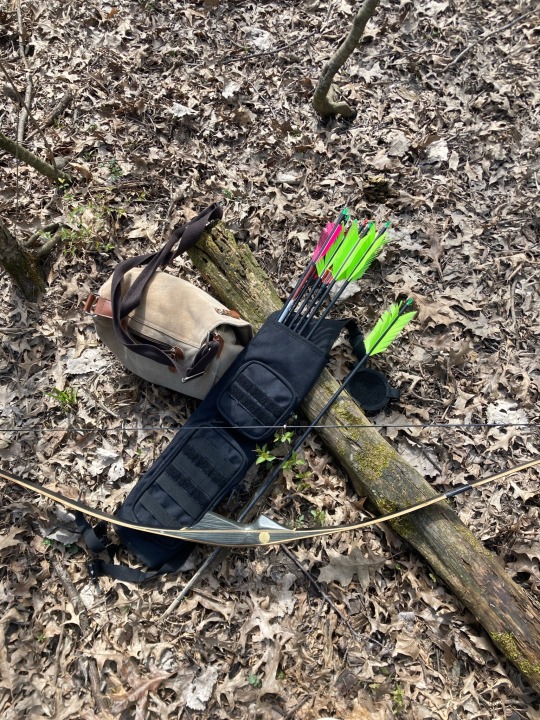
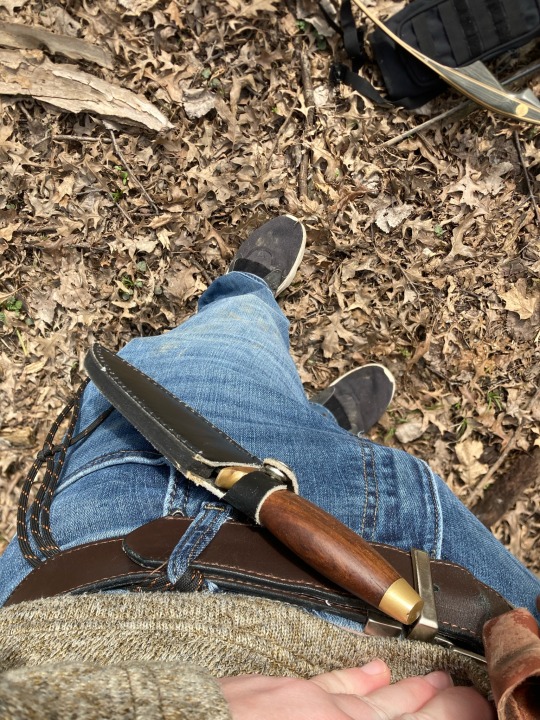
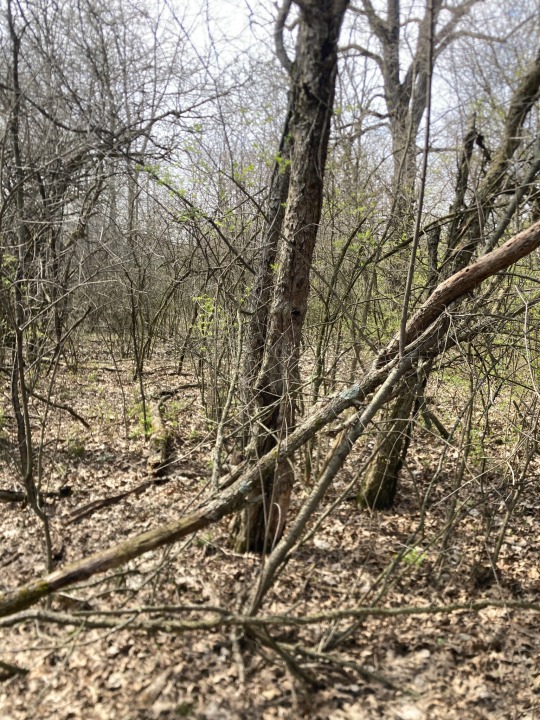
I’m basically a ranger. Yeah sure I don’t have the hot cloak, or a seaxe and throwing knife- but like, I can do it until I get it right and uh- uh- I can stalk a rabbit! Im ready for my silver oak leaf, please daddy Gilan, make Will take me under his wing.
#rangercore#gilan davidson#fantasy#rangers apprentice#medieval#i love archery#archery#dnd#woods#roving#longbow
43 notes
·
View notes
Text
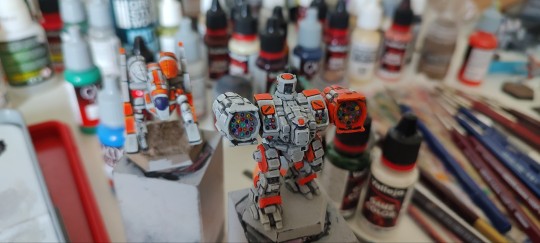
TASTE THE RAINBOW 🌈
(Longbow LGB-7Q)
Still a W.I.P. along with Falconer in the back and Urbanmech not pictured. Hopefully this one will be leading my Alphastrike force.
I think the Pilot will be named "Skittles"
#battletech#mechwarrior#miniatures#tabletop miniatures#wargaming#mech#miniature painting#tabletopminiatures#miniature wargaming#longbow#lgb-7q#falconer#wip
55 notes
·
View notes